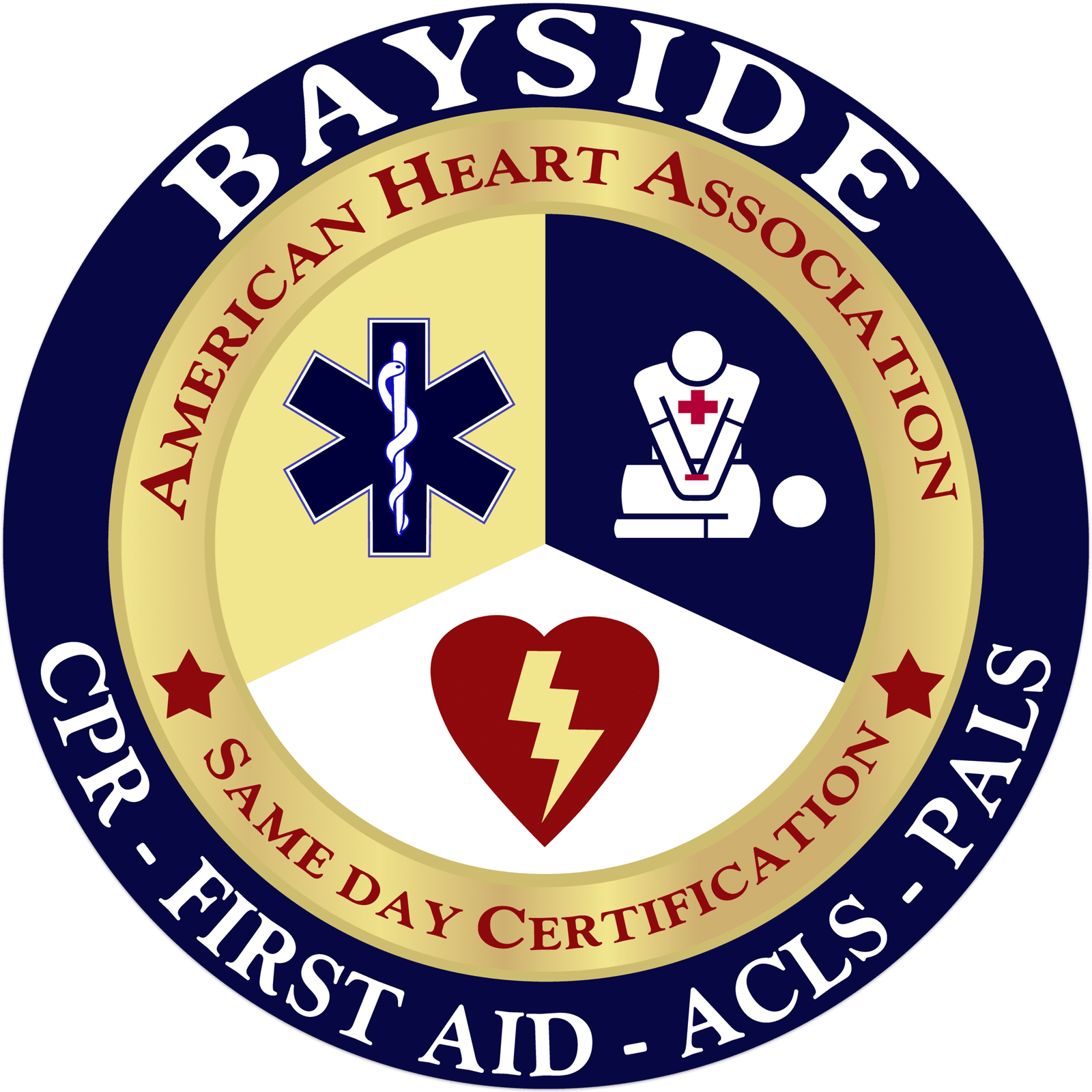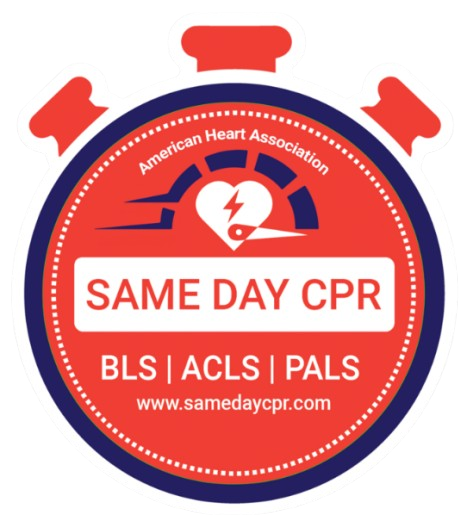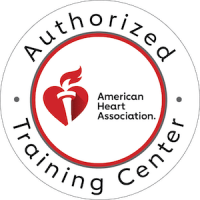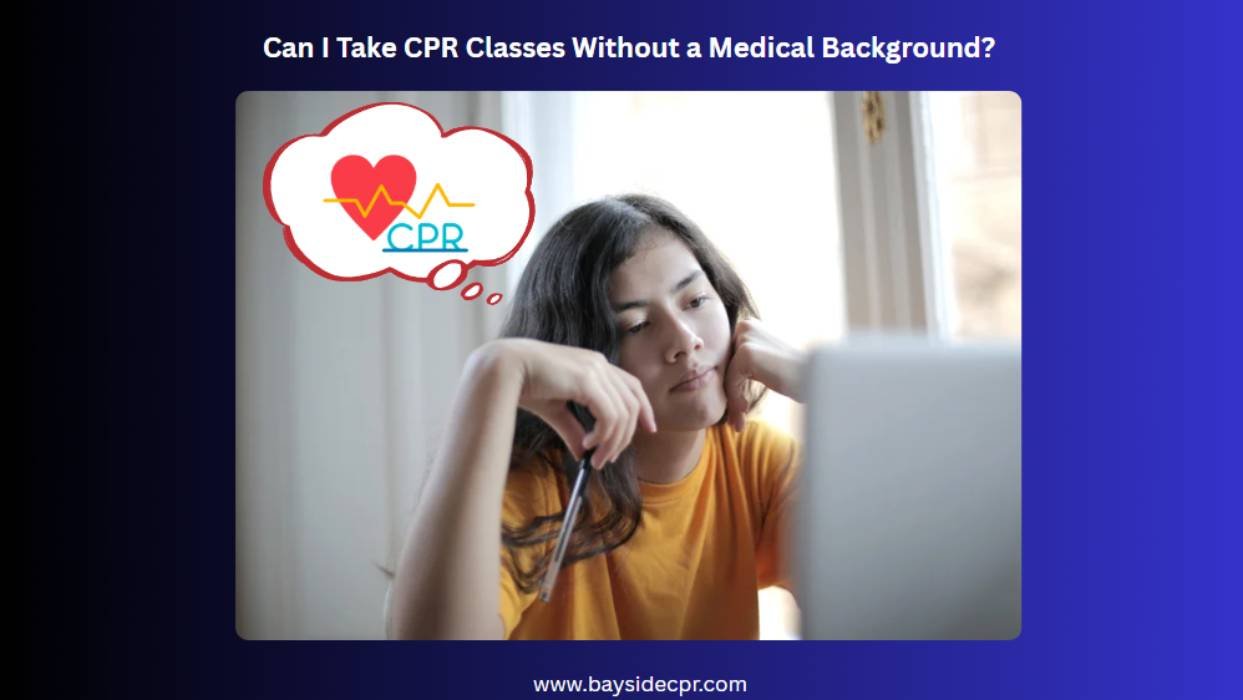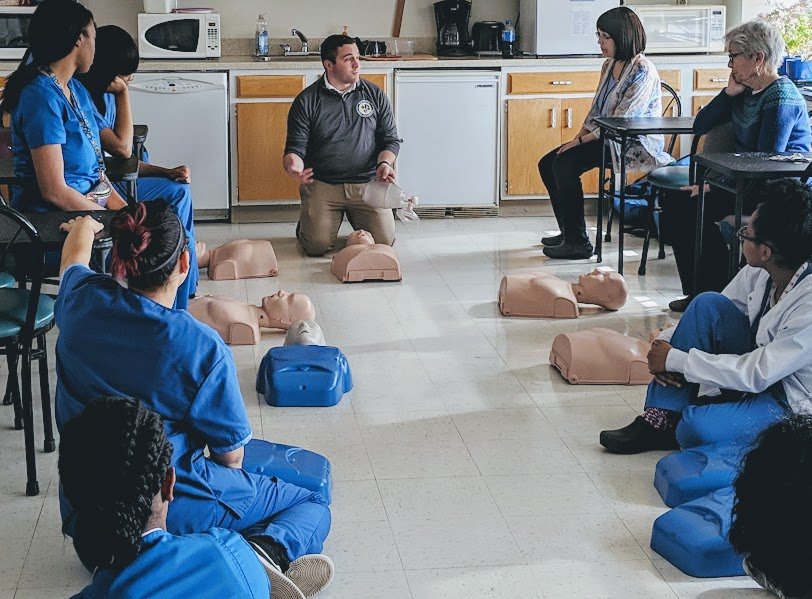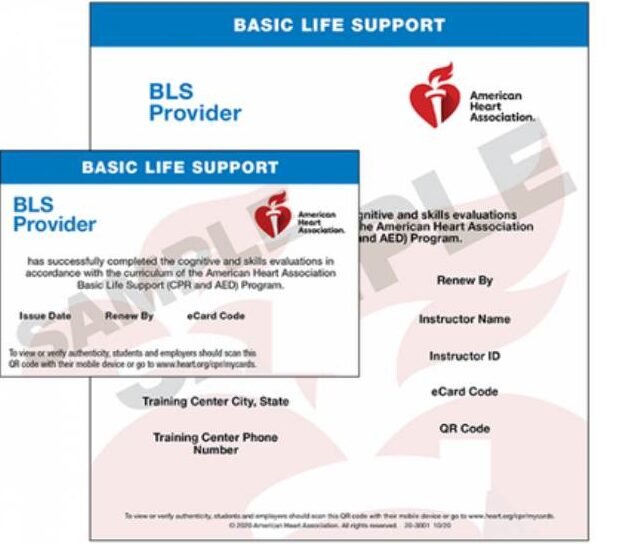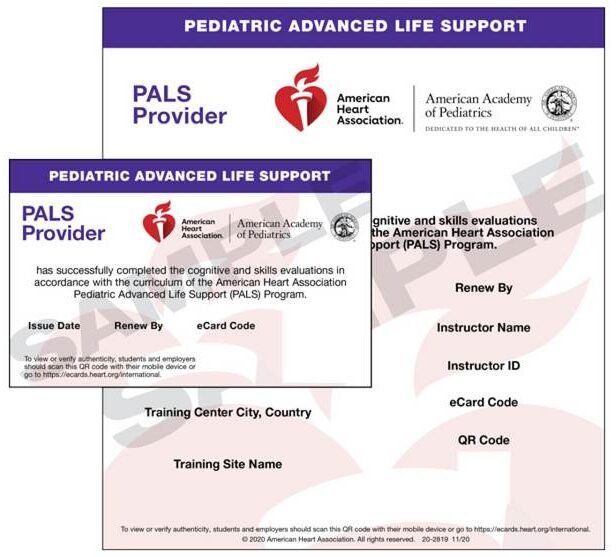Yes, you can take CPR classes even if you don’t have a medical background. Cardiopulmonary resuscitation, or CPR, is a vital and urgent technique designed to help someone whose heart has stopped beating or who has stopped breathing effectively. Its main purpose is to restore blood circulation and oxygen delivery to vital organs, especially the brain, through a combination of chest compressions and rescue breaths until professional medical help arrives or the heart starts beating normally again.
There are two main types of CPR: hands-only CPR and traditional CPR. Both forms are effective depending on the situation and the responder’s training. There’s a common misconception that CPR is only for healthcare professionals or first responders, but the truth is that anyone can and should learn it.
The goal of this blog is to clear up misconceptions and encourage more people, regardless of profession or experience, to get trained in CPR so they can act confidently and make a life-saving difference when it matters most.
1. Which Class Is Suitable For Beginners
For beginners, the most suitable class is typically CPR & First Aid training. It is specifically designed for individuals with no medical background who want to build confidence and be prepared to act in emergencies. The course is approachable and straightforward, focusing on essential skills that anyone can learn. It provides a solid foundation in infant, child, and adult CPR, along with basic first aid techniques for handling common emergencies.
Unlike more advanced courses like ACLS (Advanced Cardiovascular Life Support), PALS (Pediatric Advanced Life Support), and BLS (Basic Life Support) for healthcare providers and other medical professionals.
2. Things To Know Before Signing Up for CPR Training
Here are some key points to know before you sign up for CPR training
2a. Understand Why You Need It
Before you sign up for a CPR course, take a moment to think about why you need it. Is it a job requirement, like for healthcare, childcare, or fitness? Or are you doing it for your peace of mind, to be ready to help a loved one or support your community? Whatever the reason, make sure the class you choose meets the standards set by your employer, licensing board, or any organization you’re involved with.
2b. Check for Accredited Providers
Always choose a CPR class from a trusted provider, like the American Heart Association (AHA) or the American Red Cross (ARC). Taking a course through an accredited organization guarantees that your certification will be recognized and accepted wherever you need it, whether for work, volunteering, or personal use.
2c. Decide on Format
Think about how you want to learn when choosing your CPR course format. In-person classes give you hands-on practice with a manikin and real-time feedback from an instructor. Blended learning combines online lessons with an in-person skills session, offering some flexibility without missing the hands-on part. Fully online courses can be convenient but might not be accepted for jobs that require hands-on skills verification, so always double-check before you commit.
2d. Know What’s Included
Before you sign up, make sure you know what’s included in the course. Does it teach you how to use an AED (Automated External Defibrillator)? Most do, but it’s worth confirming. Check if choking rescue techniques are part of the training, too. And if you need to learn CPR for different ages, see whether the course covers both adult and child/infant CPR. Knowing this upfront helps you get exactly the skills you need.
2e. Know How Long Certification Lasts & Understand Cancellation Policies
CPR certification is typically good for two years, so it’s smart to plan and renew before it expires. While you’re at it, ask about the provider’s cancellation or reschedule policy. Things don’t always go as planned, and it helps to know your options if you need to make a change.
2f. Cost, Scheduling, and Certification Process
The cost of CPR classes can vary depending on the provider, format, and location. Scheduling is usually flexible, with many providers offering evenings, weekends, or on-demand courses to fit into busy schedules. Once you complete the training, you’ll receive a certification card valid for two years. The certification process includes attending the course, participating in practical exercises, and passing a brief skills assessment. Some courses may also offer recertification options to refresh your skills when needed.
3. What Do Beginners Learn in CPR Classes?
When beginners take CPR classes, they’re taught simple, life-saving skills to help someone in cardiac arrest. The focus is on acting quickly, staying calm, and giving the person the best chance of survival.
3a. How to recognize cardiac arrest?
Beginners learn how to quickly spot the signs that someone’s heart has stopped or isn’t working effectively. You’re taught to check if the person is unresponsive, not breathing, or only gasping (what’s called agonal breathing). This helps you act fast because every second matters in an emergency. Instead of hesitating, you’ll know exactly when CPR is needed.
3b. Calling for help and activating emergency services
One of the first and most important steps beginners practice is calling 911 (or your local emergency number). You learn that getting professional help on the way as soon as possible gives the person the best shot at survival. In a class, they emphasize shouting for someone nearby to make the call or doing it yourself if you’re alone and putting the phone on speaker so you can follow the dispatcher’s guidance while starting CPR.
3c. Performing high-quality chest compressions
You’ll spend a lot of time learning how to give strong, effective chest compressions. This means pushing hard and fast, at a rate of about 100 to 120 compressions per minute, and letting the chest fully rise between pushes. The goal is to keep blood moving to the brain and vital organs. In practice, you’ll get hands-on time with a manikin to feel the right depth (about 2 inches in adults) and rhythm.
3d. Providing rescue breaths (if trained)
Many beginner CPR classes also teach how to give rescue breaths along with compressions. You’ll learn to open the airway, pinch the nose, and give two slow breaths, watching for the chest to rise. They make sure you’re comfortable with this step, but they also emphasize that if you’re not confident or willing to give breaths, compression-only CPR is still very effective.
3e. Using an AED
Beginners get introduced to the AED, a device that can help restart a heart with an electric shock. You’ll see how easy it is to use the machine; it gives you step-by-step voice instructions once you turn it on. You practice placing the pads on a manikin and following the prompts. The idea is to take away the fear of using this life-saving tool so you can act without hesitation in a real emergency.
3f. Staying calm and confident during emergencies
Finally, beginners work on staying focused and as calm as possible. Instructors often remind you that doing something is always better than doing nothing. You’re encouraged to trust what you’ve learned, take a deep breath, and start CPR, because you can make a difference while waiting for help to arrive.
4. Common Concerns and Myths of CPR
Here are some common concerns and myths about CPR and the facts to clarify them
4a. CPR Always Saves Lives (Myth)
While CPR significantly boosts the chances of survival in cardiac emergencies, it does not guarantee a positive outcome in every case. Its effectiveness depends on various factors like the time of intervention and the underlying cause of the emergency.
4b. You Can Harm the Victim While Performing CPR (Myth)
Many people worry about causing injury, but delivering proper CPR is safe and much better than doing nothing. The risks of minor injuries, like broken ribs, are outweighed by the life-saving benefits of delivering effective chest compressions.
4c. The Importance of Regular Refresher Courses (Fact)
CPR skills can diminish over time, and staying current with refresher courses ensures your technique remains effective and instinctive. Regular CPR training helps you stay confident and prepared to act promptly when needed.
4d. You might face a lawsuit if you don’t perform CPR perfectly (Myth)
In most places, including the United States and many other countries, Good Samaritan laws protect people who provide critical assistance in good faith, including CPR. These laws are designed to encourage bystanders to help without fear of legal consequences, as long as they are acting reasonably and not recklessly or with gross negligence. Know more in-depth about whether you can get sued for performing CPR without certification.
Getting Started with CPR: Empower Yourself to Save Lives
In summary, learning CPR is one of the most practical and empowering steps you can take, no medical background required. Whether you’re a parent, teacher, coworker, or simply someone who wants to be ready in an emergency, CPR training gives you the skills and confidence to step in and help save a life. With beginner-friendly courses, flexible learning options, and supportive instructors, there’s no reason to wait. The sooner you get started, the sooner you’ll be prepared to make a meaningful difference when every second counts. If you’re ready to take that step, consider enrolling with Bayside CPR, where you’ll find trusted training in CPR, first aid, ACLS, PALS, and BLS to suit your needs.
A Complete Guide to CPR is also available, where you can learn about its topics, techniques, and training.
